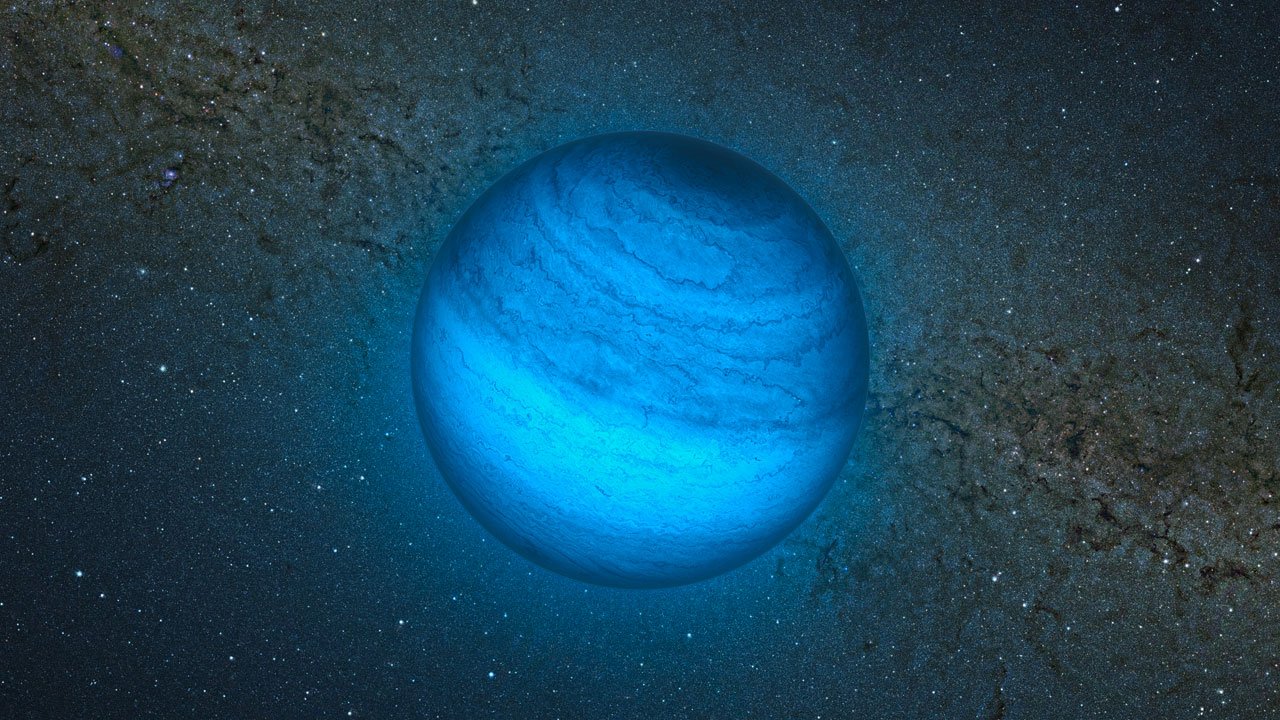Originally called ‘rebel’ planets, because they did not respect the ‘law’ of orbiting a star like most of their counterparts, these floating planets (FFPs) eventually became a new class of space objects. Although some formed on their own before finding a star, most have been removed from conventional solar systems in some way.
Since there is still no consensus among scientists about how these nomadic populations form, physicist researcher Gavin Coleman of Queen Mary University of London simulated rogue planets resulting from planet-planet interactions and those resulting from binary star systems. The aim was to try to differentiate them and at the same time better understand how they arise.
Significant differences in planet-planet interactions were found between ejected planets and planets ejected by binary stars. The most important of these relates to the speed at which these objects are launched; Planets from binary stars have been proven to be faster. This has been demonstrated in known FFPs in regions close to star formations.
Simulation of rogue planet builds
In simulations spanning 10 million years each, Coleman found that binary systems (mediated by interactions with central binary stars) efficiently produce FFPs.
In these cases, simulations showed that an average of two to seven planets with a mass greater than that of Earth were ejected. However, for giant planets with a mass greater than 100 Earths, the number of launches drops to 0.6 planets per system.
But the most important consequence concerns the rapid dispersion of these nomadic worlds. According to simulations, There were three times more FFPs ejected from interactions with binary stars than from dispersion between planets..
Coleman’s work is hosted in the arXiv repository and has not yet been peer-reviewed.
Could rogue planets become habitable?

Even before the mass detection of FFPs, researchers Dan Hooper and Jason Steffen of Fermilab in Batavia, USA, In a 2012 article, it was suggested that these planets could be made habitable through dark matter.. In regions rich in this hypothetical material, it could accumulate inside these starless planets, heating them enough to retain liquid water on their surfaces.
The paper, published in the Journal of Cosmology and Astroparticle Physics, suggests that “the mass of dark matter in our universe represents an enormous reservoir of energy.” According to the authors, This would be equivalent to almost 103 times the energy released by converting all the hydrogen in the universe into helium..
Although dark matter does not collide enough to produce energy that could ecologically impact a world, the same does not happen for particles of the so-called element that are “gravitationally trapped within a planet.” They concluded that these particles, which the researchers called WIMPS, annihilate each other in the models studied, producing energetic particles that are “absorbed by the surrounding material.”
Stay up to date with the latest astronomical studies at TecMundo. If you want, take the opportunity to find out how the 3-body problem complicates Newtonian physics.
Source: Tec Mundo
I’m Blaine Morgan, an experienced journalist and writer with over 8 years of experience in the tech industry. My expertise lies in writing about technology news and trends, covering everything from cutting-edge gadgets to emerging software developments. I’ve written for several leading publications including Gadget Onus where I am an author.












